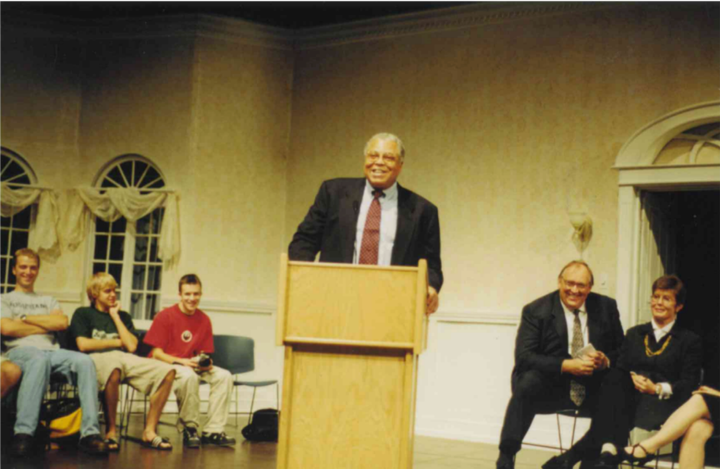A game of guess who: Should Augustana adopt anonymous testing?
No, knowing name helps spot reoccurring mistakes
KATELYN CLEMENT
kmclement16@ole.augie.edu

When a professor hands back graded work to their class, there typically is one person who turned in the assignment without a name. Sometimes, putting our names on homework slips our minds even when it should be a habit at this point, especially in college.
However, some schools are intentionally adopting a method that requires students turn in their work without a name to the professor. Even though it may help professors grade in an unbiased and objective manner, turning in nameless work can cause problems.
Most professors work hard to help their students succeed. A student may struggle in a class that he or she finds difficult, so the professor attempts to help.
If students turn in their work without a name, the professor who wants to help the students succeed in the class may not know what to look out for to help certain students.
Knowing the student and the student’s work allows the professor to help that student work through and understand the material, also allowing the professor to understand what to look out for with certain student’s work in the future. If the work remains nameless, then the professor will struggle to chart a student’s progress through the term and help students succeed.
David Gooblar, a columnist at ChronicleVitae, posted on his blog about his attempt at blind grading. He said, “For me, at least, grading is as much a tool for pedagogy as it is a tool of assessment. Each assignment is an opportunity for student learning, and our personalized feedback is a crucial part of that opportunity. We should strive to grade as fairly and as objectively as possible.”
He continues, “But to make sure we do that wisely as well, we need to keep our eyes open. Otherwise, we might lose sight of the fact that we are still teachers when we grade, and the authors of the papers are still our students.”
“Blind grading” cannot be used in classes with unique projects. In an art class, whether it be drawing, sculpture, photography, students obviously have to be creative.
Nameless work makes it almost impossible to grade paintings and photos without knowing who created the piece. Professors may better understand the work when they know the student attached to the work.
Turning in assignments via tech without a name would also be a hassle to deal with as well. In our changing society, people are becoming more dependant on technology, including teachers and professors who now prefer to have an assignment emailed or shared with them rather than having the traditional physical paper copy.
Attempting to submit an assignment without a name would be difficult and receiving a grade would be just as tough. Although the idea of objectivity behind “blind grading” is a good intention, there are kinks that need to be ironed out before Augustana even considers adopting the concept.



